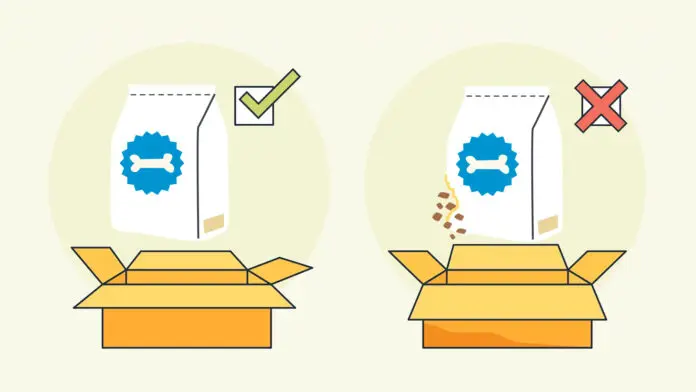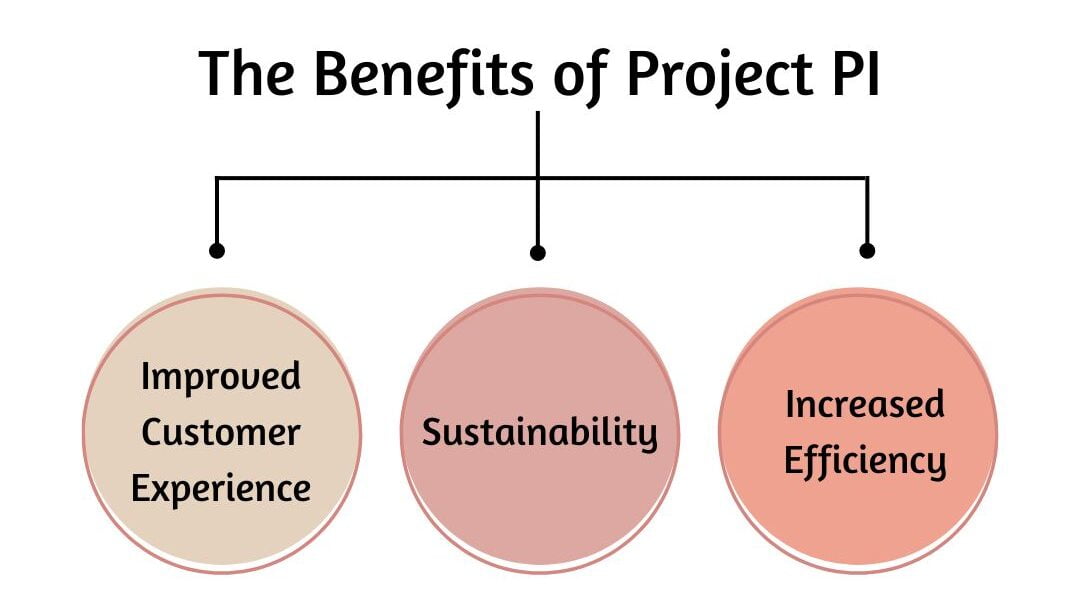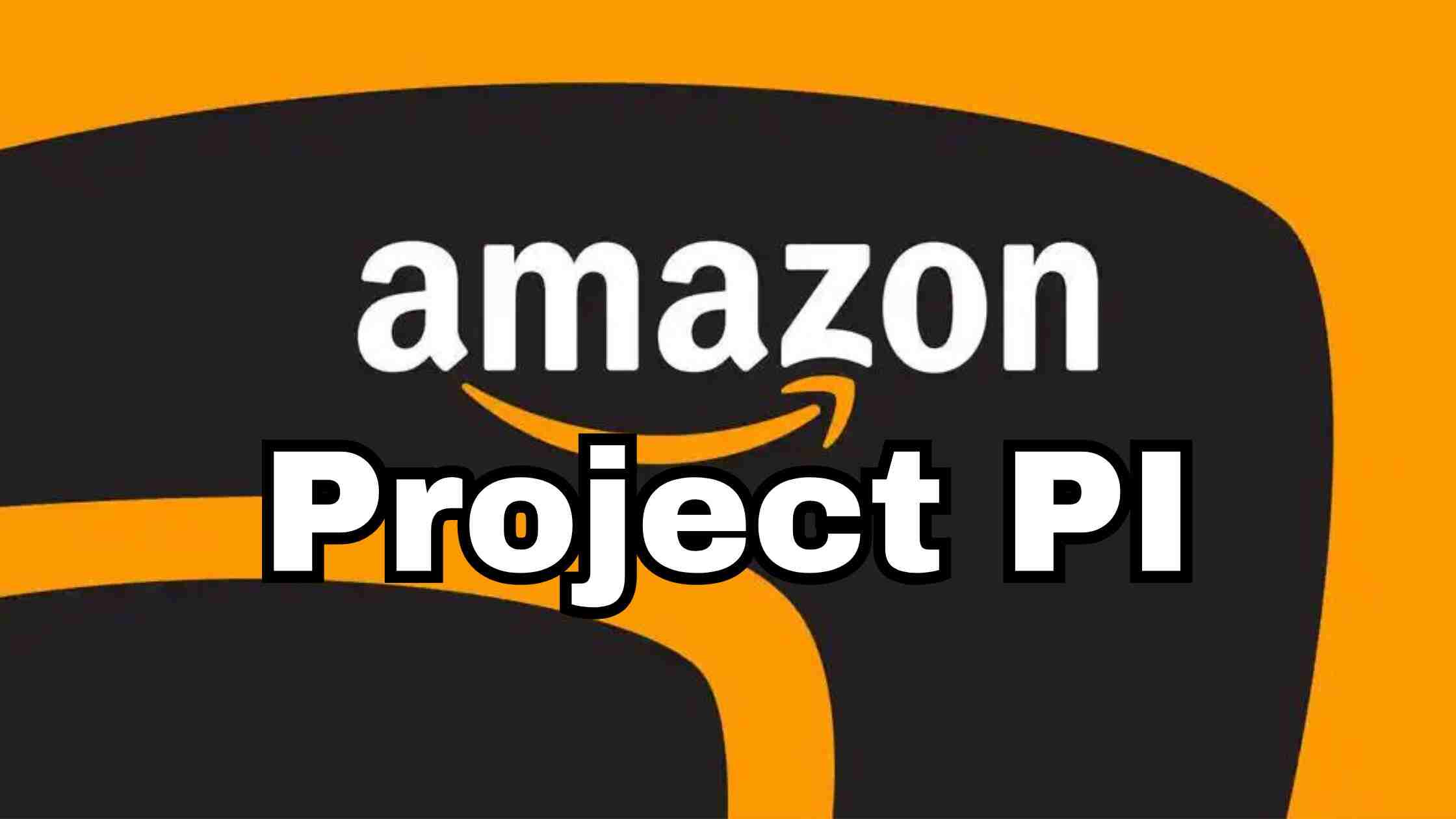Amazon is taking a proactive approach to ensure customers receive products in perfect condition. The e-commerce giant has rolled out an AI initiative called Project PI (Private Investigator) that inspects items for defects before they are shipped.
Project PI scans millions of products passing through Amazon’s fulfillment centers. It carefully examines each item, checking for any damage, incorrect colors, or size mismatches. By catching issues early, Amazon aims to reduce return rates, enhance sustainability, and provide a stellar customer experience.
In this blog, we will explore what is project PI, its benefits, how it works, and how it impacts the job. Let’s get started!
Table of Contents
- What is Project PI (Private Investigator)
- The Benefits of Project PI
- How Project PI Works?
- The Future of Project PI
- The Impact on Jobs
- Ethical Considerations
- Conclusion
What is Project PI (Private Investigator)

Project PI stands for “Private Investigator.” This name makes sense because Project PI acts like a detective. Its job is to check products carefully before they are sent to customers.
Just like a real detective looks for clues, Project PI uses special tools to inspect items for any problems or defects.
Project PI uses two high-tech tools called computer vision and generative AI. Computer vision takes pictures of products as they move through Amazon’s warehouses.
Then, generative AI looks at these pictures to find any issues. It can spot damage, wrong colors, or incorrect sizes.
If Project PI sees a problem with a product, it lets Amazon know. Then, Amazon workers can take that item aside and look into the issue.
This way, customers won’t get damaged or incorrect items by mistake. Project PI is like an extra set of eyes, checking millions of products carefully to make sure they are perfect before getting shipped out.
The Benefits of Project PI

Project PI brings several important benefits for both Amazon and its customers. Here are some key benefits of project PI:
1. Improved Customer Experience
- Reduces chances of receiving damaged, defective, or incorrect products
- No one likes getting items not in perfect condition or not matching what they ordered
- With Project PI’s “detective vision”, fewer faulty items slip through and get shipped
- This means happier customers receive exactly what they expected in great shape
- Cuts down the hassle of having to return items and wait for replacements
2. Sustainability
- When defective products are identified early, prevents unnecessary back-and-forth shipping
- Less shipping equals less waste from packaging materials
- Also means lower carbon emissions from transportation
- Helps Amazon be more environmentally-friendly
3. Increased Efficiency
- Catches issues before they become bigger problems requiring costly returns/re-shipments
- Allows Amazon to provide better quality control over outgoing orders
- Identifies root causes to prevent repeat issues
In summary, Project PI creates a win-win situation by using AI to inspect items thoroughly. Customers get a superior shopping experience by receiving perfect orders. Meanwhile, Amazon operates more sustainably and cost-effectively by avoiding flawed shipments.
How Project PI Works?
Project PI uses special technology to inspect products carefully. Here’s how it works in simple steps:
- As products move through tunnels at Amazon’s warehouses, Project PI takes many pictures of each item from different angles.
- These pictures then get checked by Project PI’s smart AI system. The AI has been taught to spot all kinds of defects like dents, scratches, or torn packaging.
- The AI looks very closely at the pictures, searching for any damage or issues. It can find problems like bent covers, wrong colors, incorrect sizes, and expired items.
- If the AI sees a defect, it flags that product and sends it to a special area.
- In this area, Amazon workers double-check the flagged items. They decide if an item needs to be removed, discounted, or donated based on the type of defect.
Throughout this process, Project PI helps Amazon workers by using its cameras and smart AI to point out flawed products. This careful inspection ensures only perfect, correct items get shipped to customers.
The Future of Project PI
Amazon plans to expand Project PI to more fulfillment centers across the country in the coming years.
As the AI models become smarter through further training, they will get even better at detecting a wider range of defects and issues.
Project PI may also start inspecting products beyond just sight, using sensors to analyze smells or textures.
The long-term goal is to create an ultra-intelligent quality control system that catches virtually every single flaw before shipment. This would minimize product returns and maximize customer satisfaction.
The Impact on Jobs
While Project PI automates a lot of the inspection work, it doesn’t completely eliminate human jobs.
Amazon associates still play a crucial role by doing the final checks on flagged items and making decisions about how to handle them. Humans also monitor and refine the AI system itself.
That said, as technology advances, Project PI could reduce the need for certain types of manual inspection roles in Amazon’s workforce over time.
However, it may also create new job opportunities in fields like AI training and quality assurance.
Ethical Considerations
Like any artificial intelligence system, there are important ethical factors to consider with Project PI. First is the issue of privacy – are there any personal data privacy risks from Project PI capturing and analyzing so many product images?
Amazon says it has strict protocols in place to protect customer privacy. Another consideration is AI bias – are the computer vision models accurately detecting defects across all types of products equally without discriminating?
Careful AI training and testing are required to prevent unfair biases from creeping in. There are also questions about the impact on Amazon’s third-party sellers if they get flagged for too many defective items. Overall transparency about how Project PI works will be key for trust.
Conclusion
In conclusion, Project PI represents Amazon’s innovative use of AI to provide customers with a seamless shopping experience by proactively identifying defective products before shipment. As this technology expands, it promises to further elevate standards while promoting sustainability.

